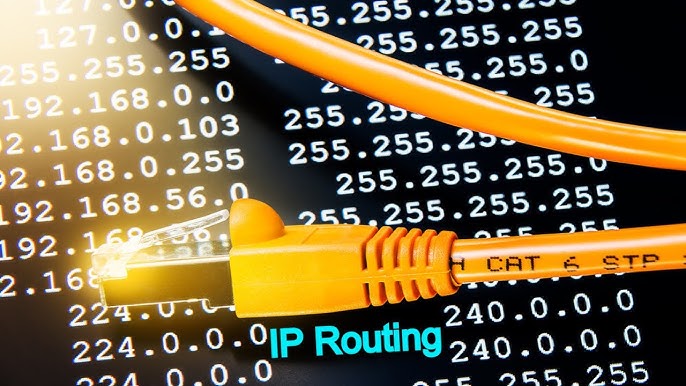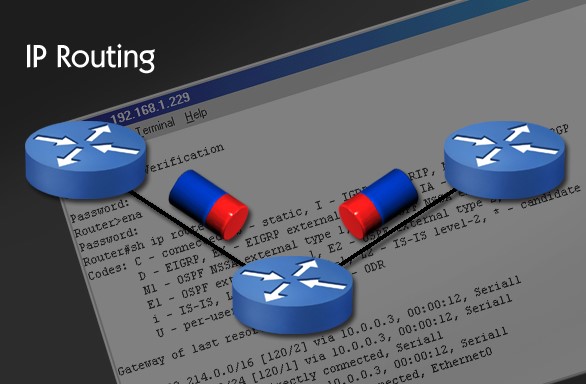What is IP Routing?
IP routing is a fundamental process in networking that ensures data packets travel from their source to the intended destination across interconnected networks. Whether you are a networking enthusiast, IT professional, or a business owner, understanding IP routing can help you optimize network performance and troubleshoot issues effectively. This article will explore the basics of IP routing, its types, and how it functions in modern networks.
What is IP Routing?
IP routing is the process by which routers determine the best path for data packets to travel across a network. This process involves analyzing routing tables, evaluating available paths, and forwarding data packets based on their destination IP addresses. Routers, the devices responsible for this task, act as traffic managers, ensuring efficient data transfer between devices on different networks.

Key Components of IP Routing
To understand how IP routing works, it’s essential to know its primary components:
- Routing Table: A database stored in a router containing information about network destinations and the paths to reach them. Each entry typically includes the destination network, subnet mask, next-hop address, metric (cost of the path)
- IP Addressing: Unique identifiers assigned to devices on a network, enabling communication. IPv4 and IPv6 are the most common addressing schemes.
- Routing Protocols: Protocols used by routers to exchange routing information and dynamically update their routing tables. Common examples include: RIP (Routing Information Protocol), OSPF (Open Shortest Path First), BGP (Border Gateway Protocol)
Types of IP Routing
IP routing can be categorized into three main types:
- Static Routing: involves manually configuring routes in a router’s routing table. While this method offers control and simplicity, it lacks scalability and adaptability, making it suitable for small or stable networks.
- Dynamic Routing: uses routing protocols to automatically update routing tables. This approach is ideal for larger networks as it adapts to network changes, such as link failures, without manual intervention.
- Default Routing: involves configuring a router to forward packets destined for unknown networks to a default route. This method is commonly used in small networks or for connecting to an ISP.
How does it work?
The IP routing process involves several steps:
- Packet Creation: A source device creates a data packet, including the destination IP address.
- Forwarding Decision: The router examines its routing table to find the best route to the destination.
- Packet Forwarding: Based on the routing table entry, the router forwards the packet to the next-hop address.
- Delivery: The packet is forwarded through intermediary routers until it reaches the destination network and device.
Benefits of Efficient IP Routing
Optimized IP routing offers several advantages:
- Improved Network Performance: Efficient routing minimizes latency and packet loss.
- Scalability: Dynamic routing protocols enable the seamless growth of large networks.
- Resilience: Redundancy in routing paths ensures network reliability during failures.
Common Challenges in IP Routing
- Routing Loops: Occurs when packets circulate endlessly due to misconfigurations.
- Latency: Suboptimal routes can lead to increased delays.
- Security Risks: Unsecured routing protocols can be vulnerable to attacks.

Best Practices for Optimizing IP Routing
To maximize network performance and security, follow these best practices:
- Regularly Update Firmware: Keep router software up-to-date to benefit from the latest features and security patches.
- Use Redundant Paths: Implement multiple routes to ensure network availability.
- Monitor Network Performance: Utilize network monitoring tools to identify and resolve routing issues.
- Secure Routing Protocols: Use authentication mechanisms to protect routing updates.
Conclusion
IP routing is a critical aspect of modern networking, enabling seamless communication between devices across networks. By understanding its components, types, and best practices, you can ensure efficient and secure data transfer in your network. Whether managing a home setup or a complex enterprise network, mastering IP routing can significantly enhance your network’s reliability and performance.